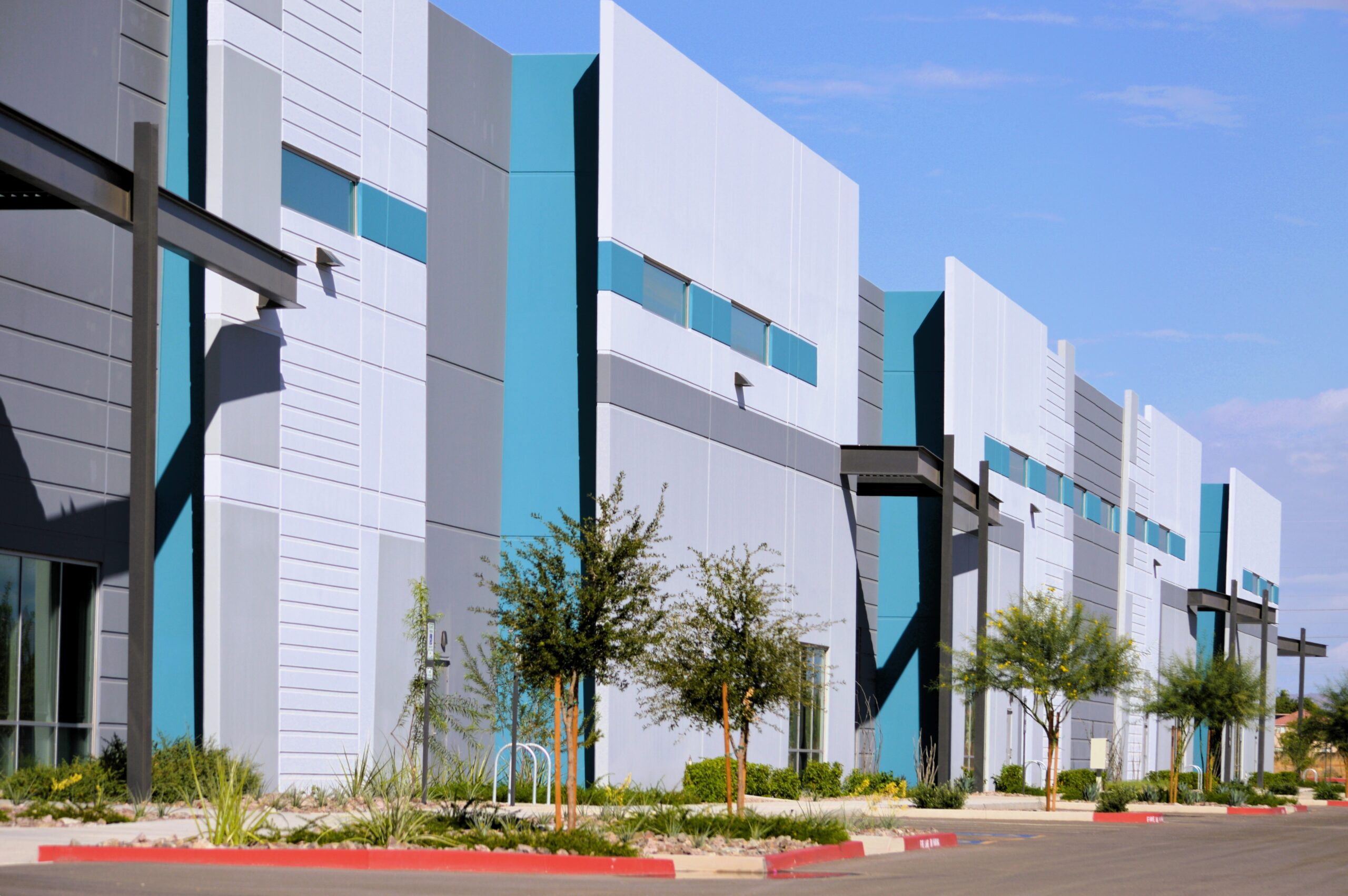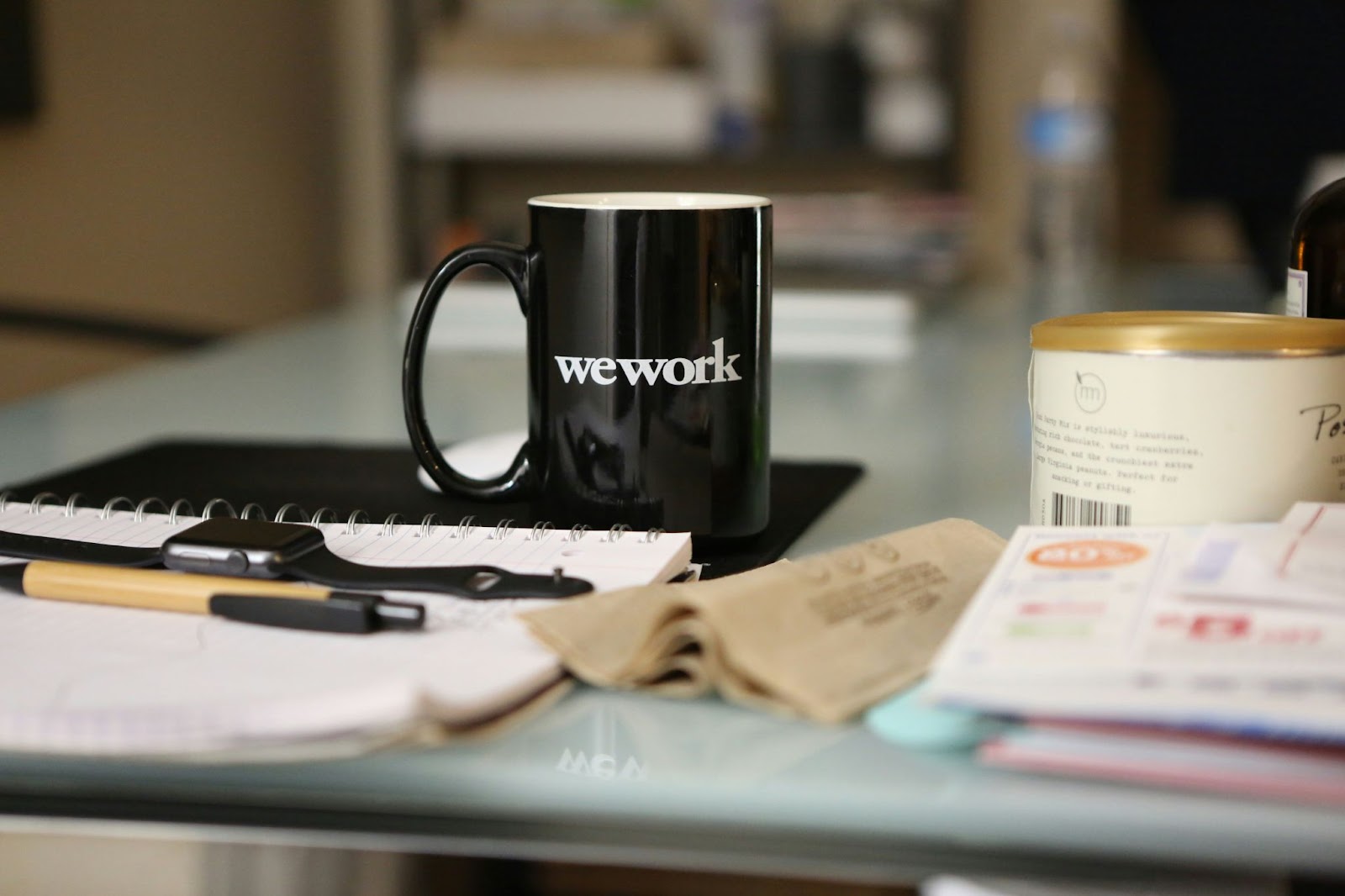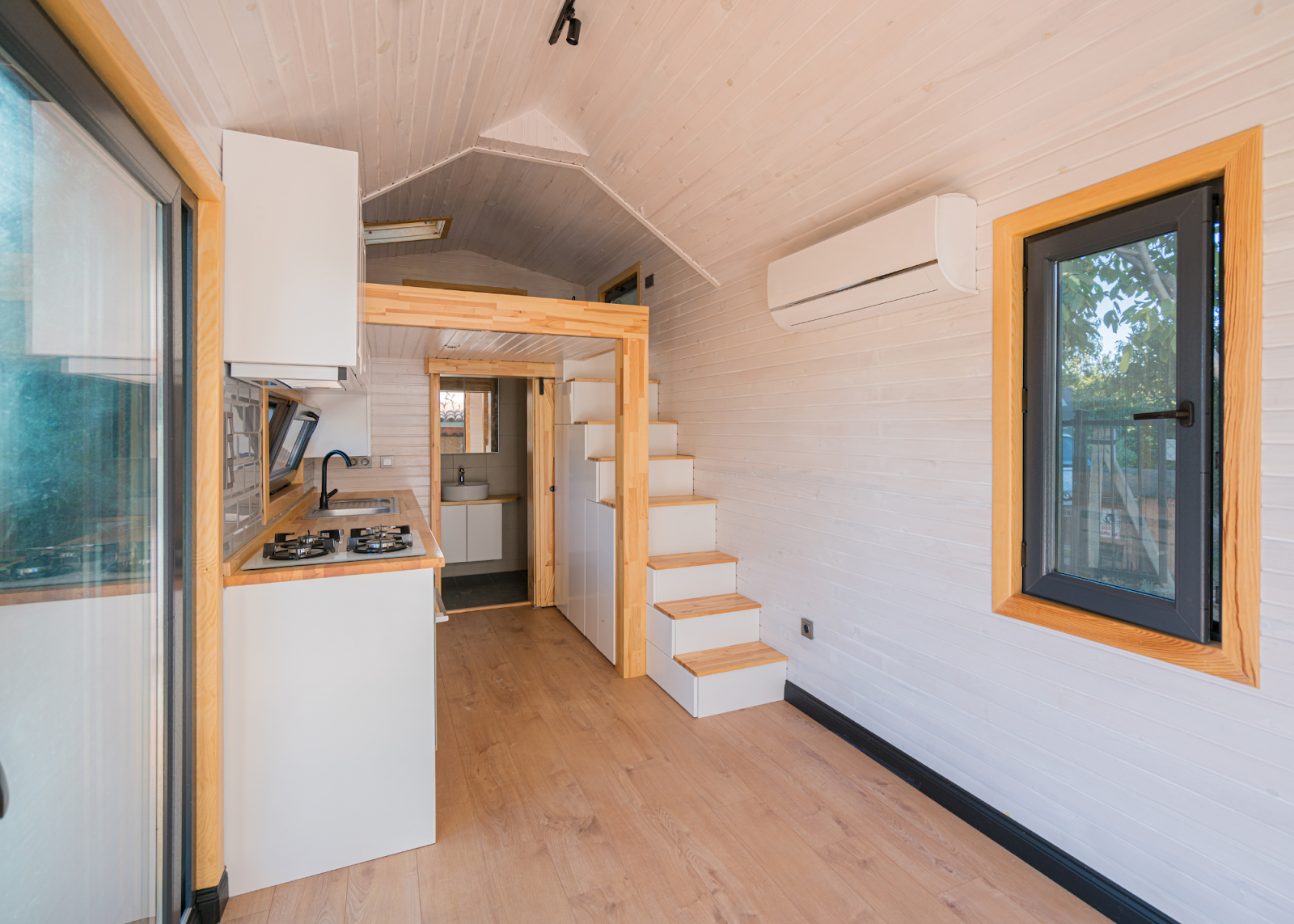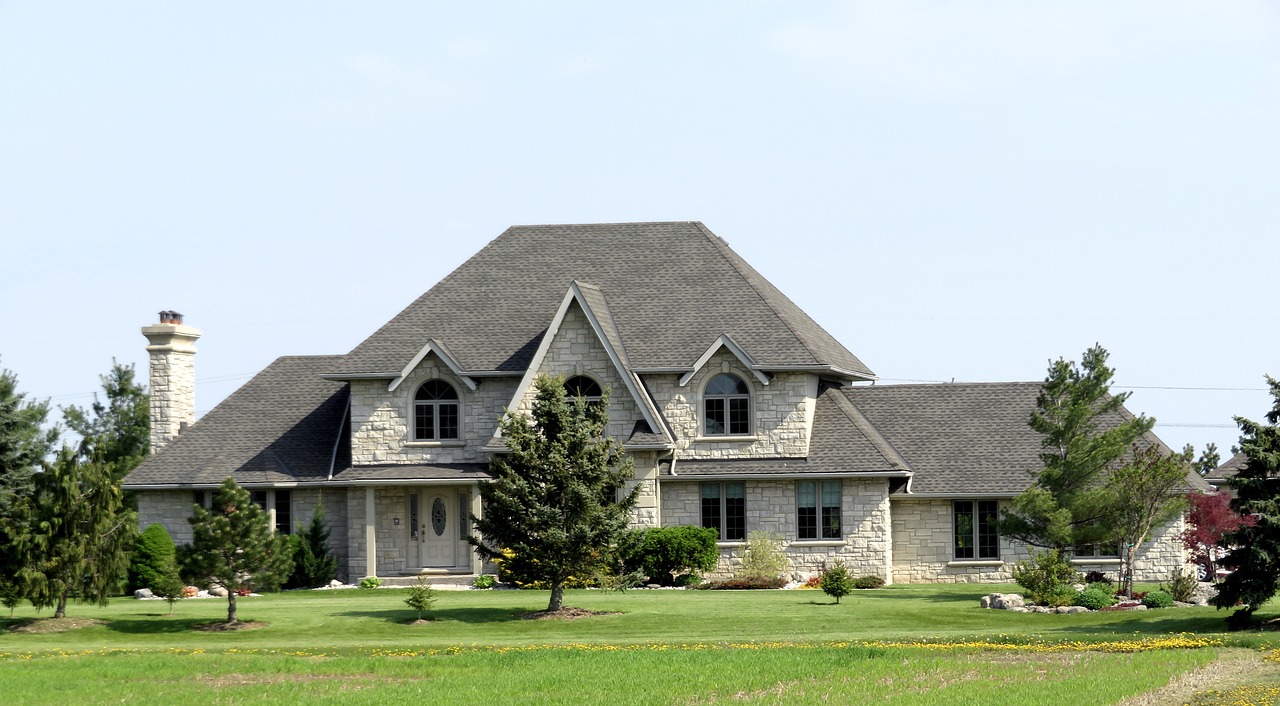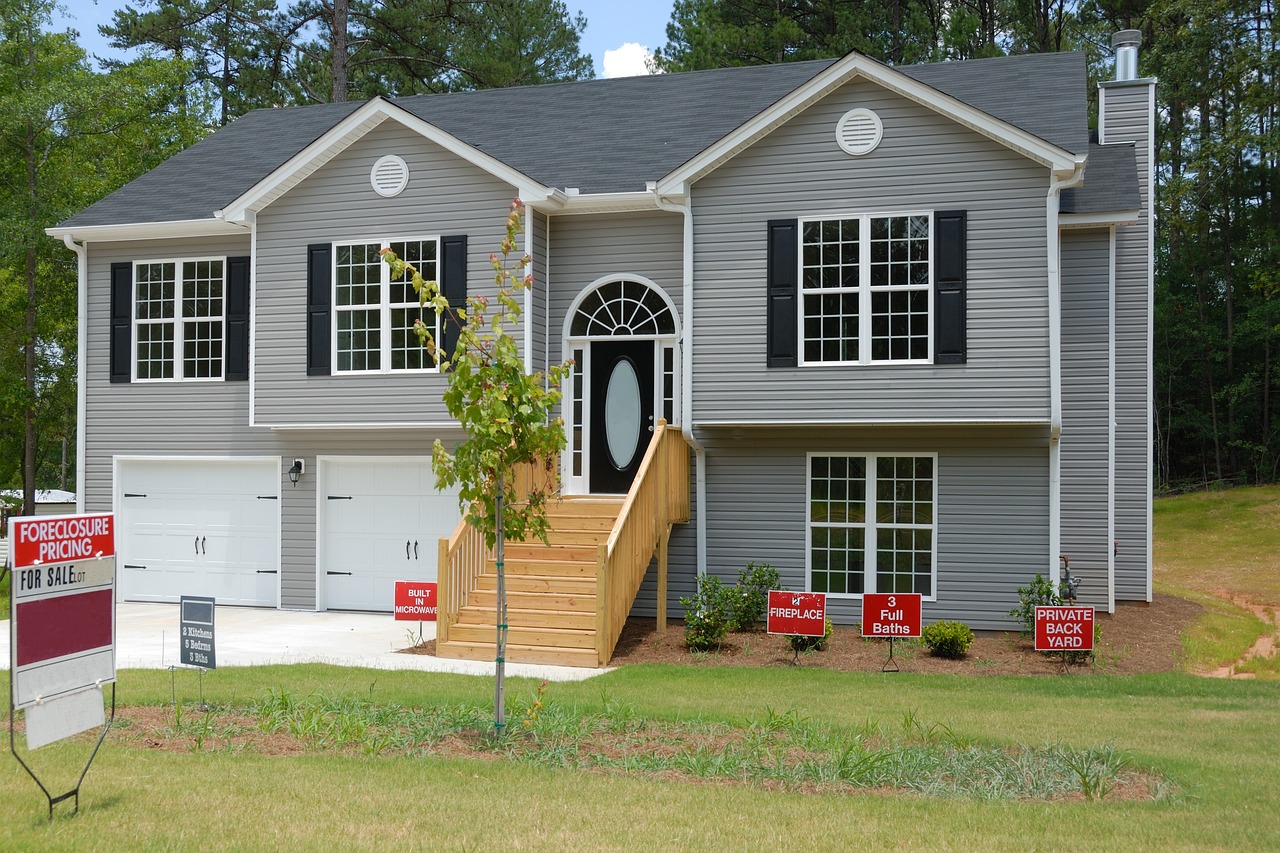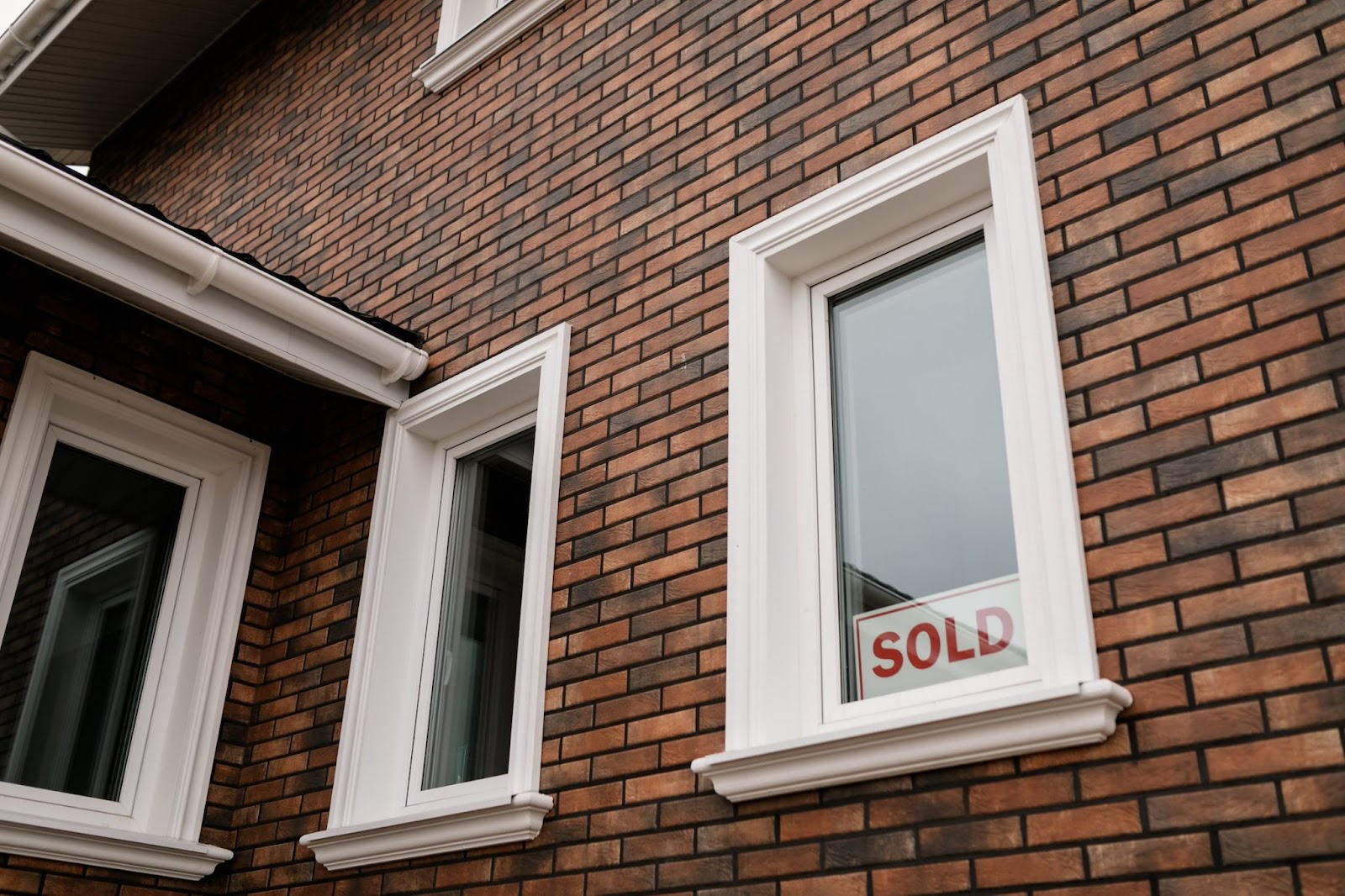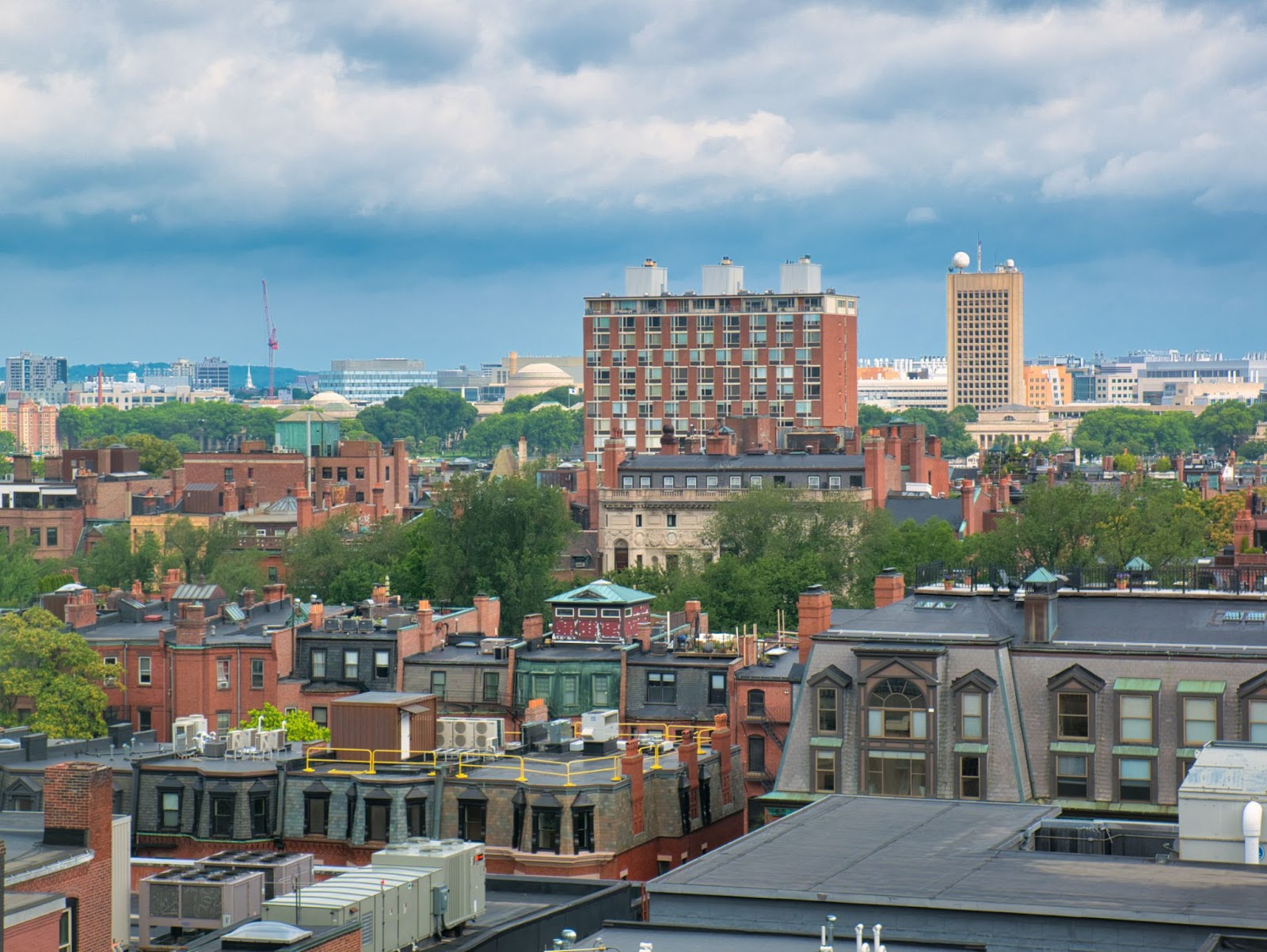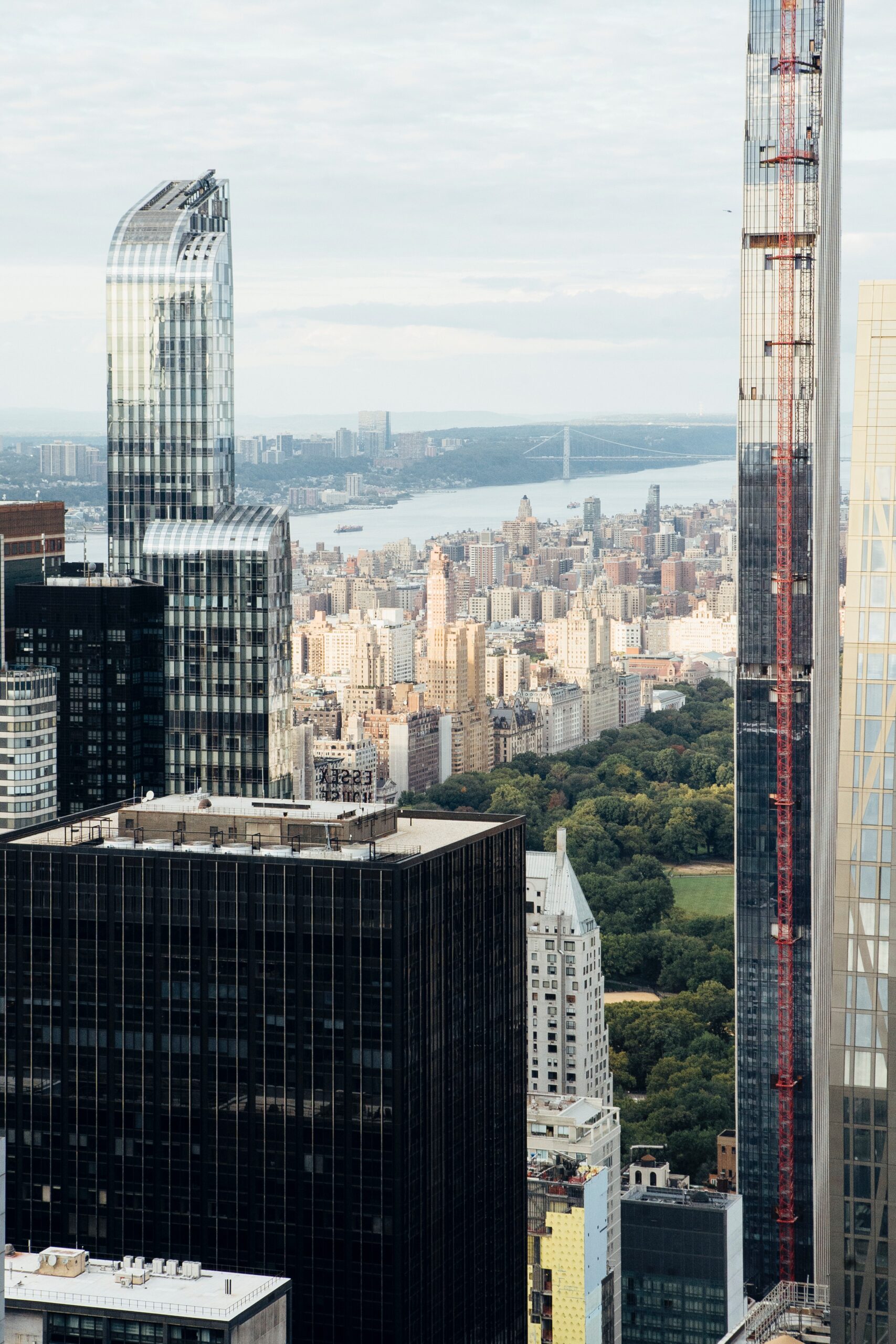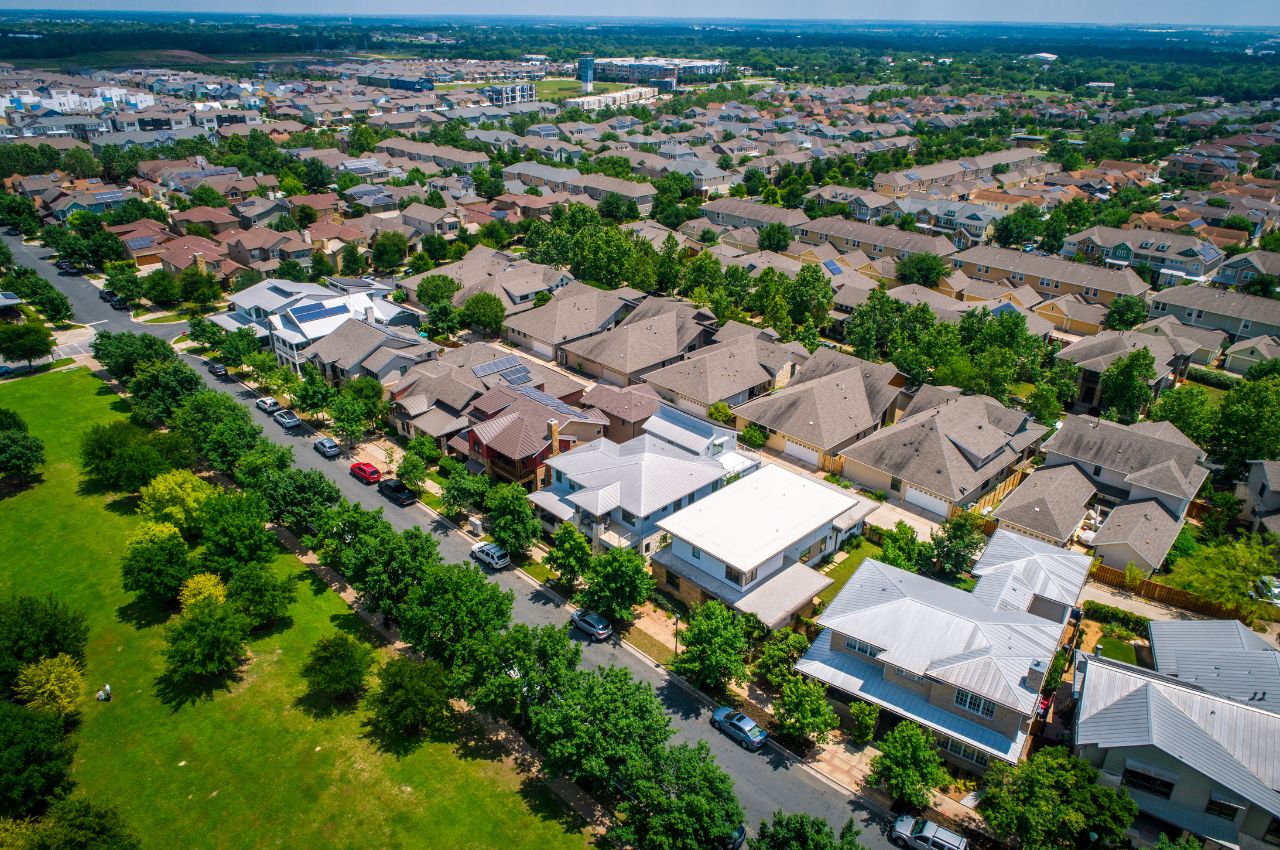Empty “zombie” office buildings in Denver are a sign of a struggling commercial real estate market, a trend underscored by recent comments from Marcel Arsenault, CEO of Real Capital Solutions, at the Colorado Business Economic Summit. Arsenault, a seasoned real estate investor, noted that he had divested from many of his office holdings due to unsustainable values and rising interest rates. However, he retained tenants like Amazon, confident in their ability to uphold leases even among looming recession fears.
The Denver office market has been in a slump since the onset of remote work practices over three years ago. Although some employers are calling workers back to the office, the overall trend is a reduction in rented office space. Arsenault highlighted this with a chart at the summit, showing a significant increase in subleasing since 2020 as tenants in long-term leases downsized and sought to sublet their space.
The situation is worsening, with subleasing past its peak and contributing to rising overall vacancy rates. Factors such as a decrease in out-of-state companies seeking space in Denver and an additional 2.1 million square feet of office space in the pipeline paint a grim picture for the near future. Arsenault compared the current scenario to the Great Recession, indicating that the situation is more severe now.
Downtown Denver has witnessed a staggering 30.6% office vacancy rate in the third quarter, the highest since 2000, according to CBRE. The Denver metro area isn’t faring much better, with a 22.8% increase in office vacancy rates.
The pandemic-induced shift to remote work has led to an evolution in office environments. Many companies have opted for hybrid spaces with fewer desks but more shared conference rooms. High-profile companies like Amazon and Tesla have implemented return-to-office policies citing engagement issues. Dan Sorrells of Real Capital Solutions notes a stabilization in the percentage of full-time remote workers at around 20%, with hybrid workers making up 40% to 45%.
Despite these shifts, the economic downturn has led to the phenomenon of “zombie buildings” – office properties that are leased but unused. Carl Koelbel, COO of Koelbel & Company, remarked that some office buildings are now valued only for their land price.
With higher vacancy rates, banks are demanding more liquidity for new projects, making it challenging to finance new office spaces. Koelbel and others in the industry find that construction financing across all asset classes will be difficult in the coming years.
The sublease market is also declining, with a drop below 6 million square feet in the Denver metro area. Lease rates have increased slightly, but this is countered by negotiations for free rent and other concessions. Online gambling company Bet365 is one example of businesses still interested in office spaces, taking over a large sublease in Denver.
Anthony Albanese of CBRE points out that demand still exists, particularly for Class A office spaces, which offer modern amenities. Class B and C offices, however, are struggling significantly. The Class A office market is likely to see lower vacancies and increased rental rates due to competition for prime spaces.
Landlords of older buildings are resorting to rent discounts or facing obsolescence. Albanese predicts that Class C buildings will likely be repurposed for other uses. This shift presents an opportunity to revitalize urban areas with diverse developments encompassing residential, retail, office, and mixed-use spaces.





















































































